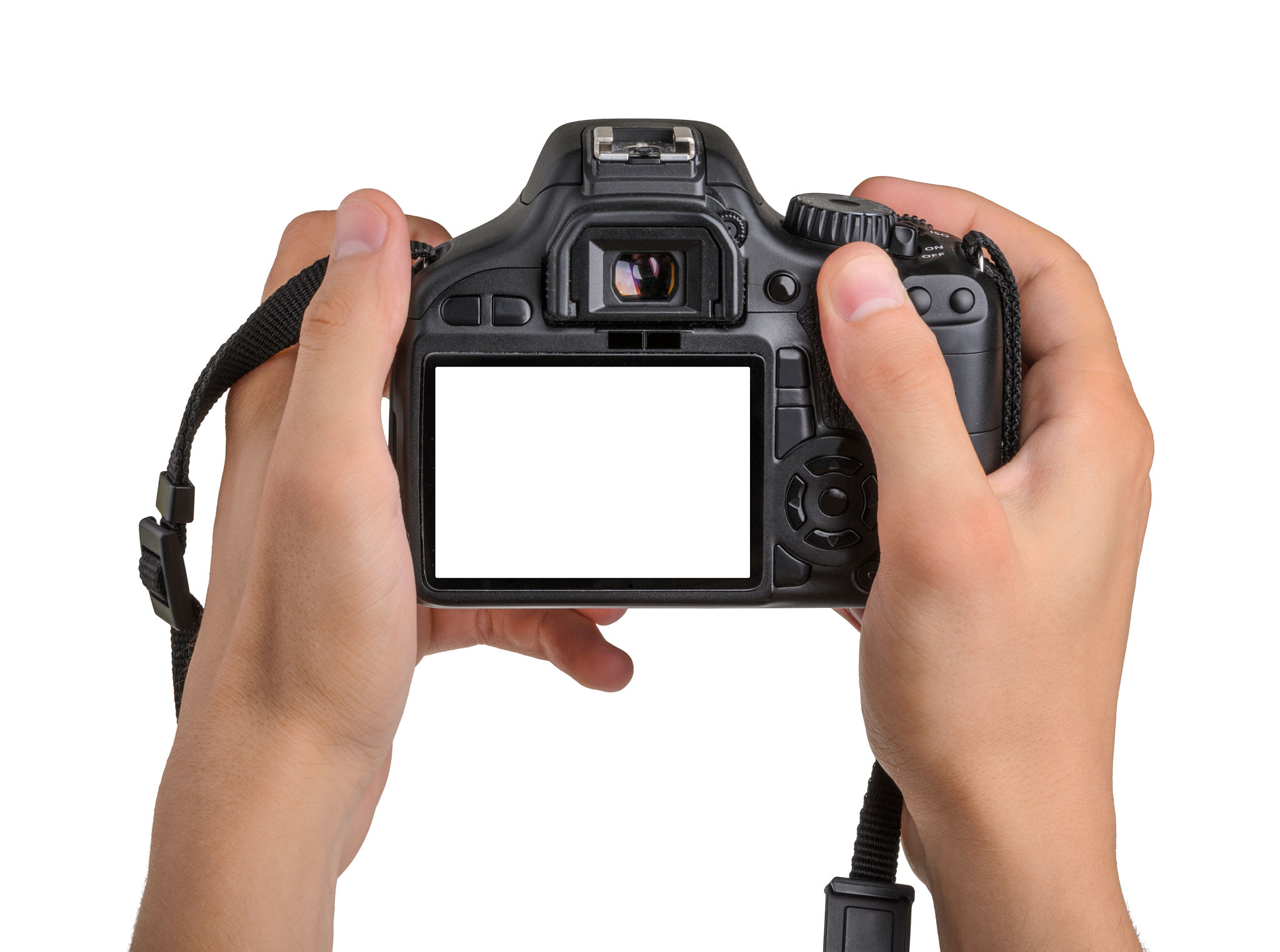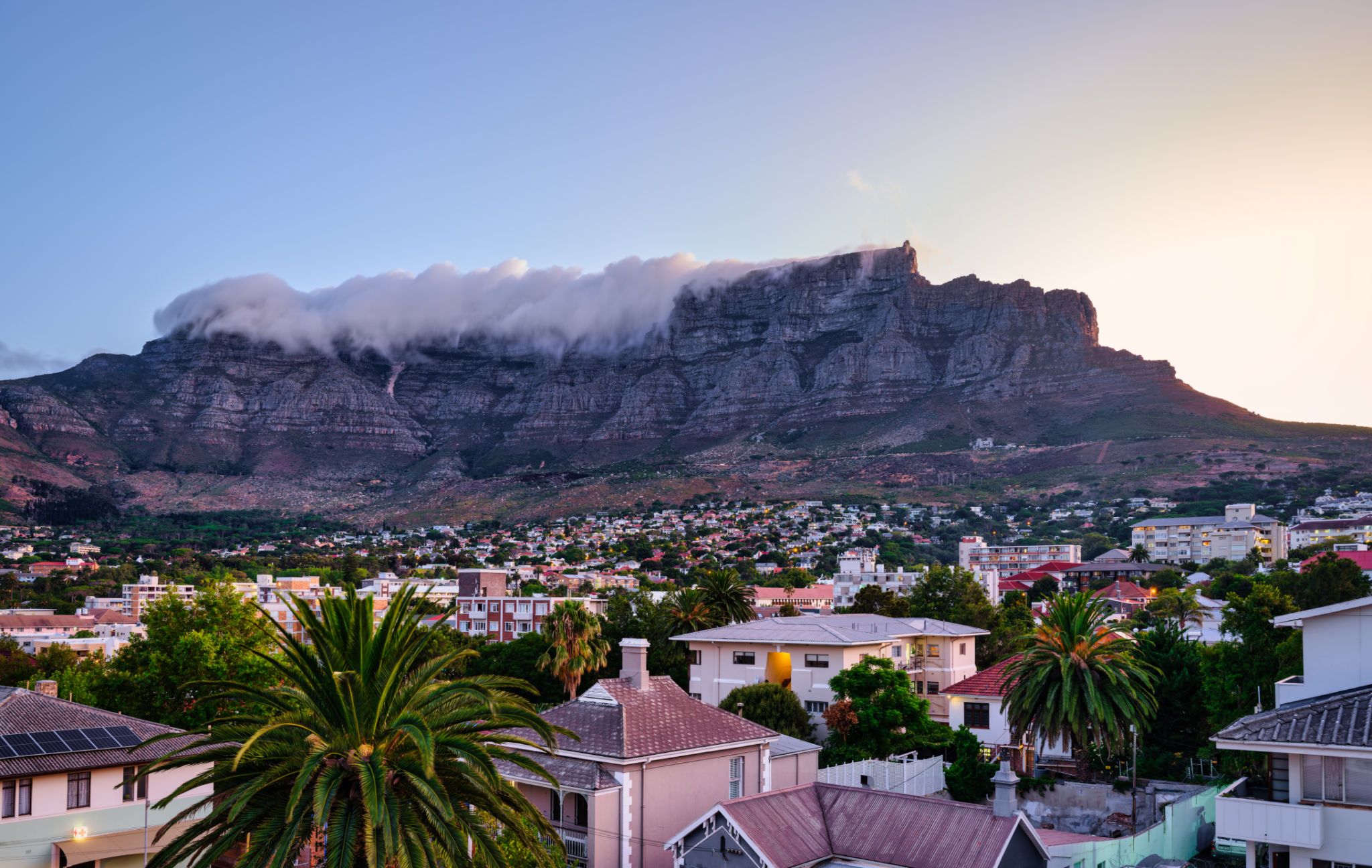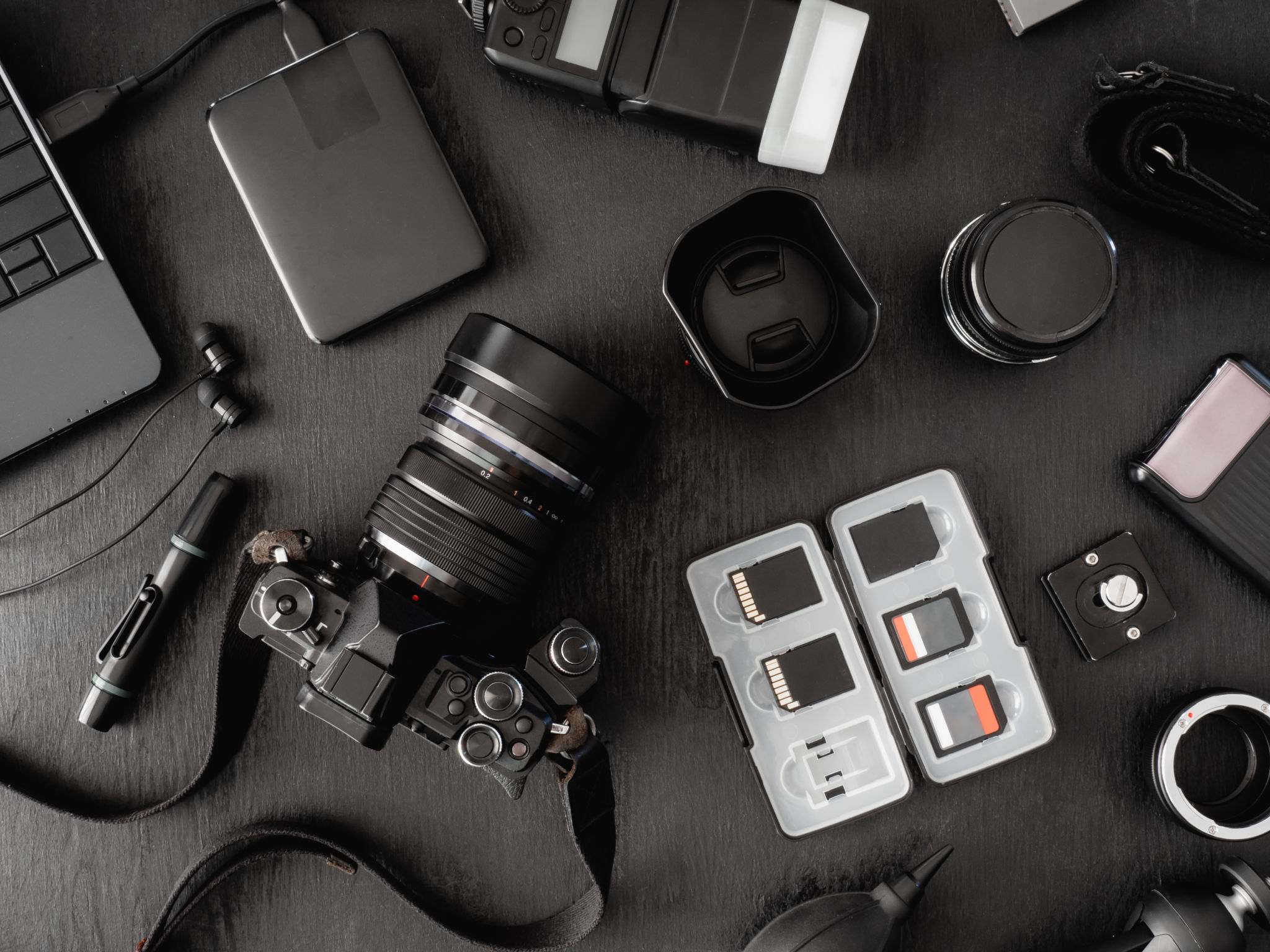A Beginner's Guide to Landscape Photography in South Africa
Understanding the Basics of Landscape Photography
Landscape photography focuses on capturing the beauty of nature and the great outdoors. For beginners, understanding the basics is crucial. Start by familiarizing yourself with your camera settings, such as aperture, shutter speed, and ISO. These elements work together to control the exposure and depth of field in your shots.
Make sure to practice using different lenses to see how they affect your images. Wide-angle lenses are popular in landscape photography as they allow you to capture expansive scenes.

The Best Locations in South Africa
South Africa offers a diverse range of landscapes perfect for photography. From the dramatic coastlines of the Western Cape to the vast savannas of the Kruger National Park, the opportunities are endless. One must-visit location is Table Mountain, which offers breathtaking views and unique photographic angles.
The Drakensberg Mountains are another stunning option, providing majestic peaks and lush valleys. Lastly, don't miss out on capturing the vibrant colors and wildlife in the Namaqualand region during springtime.

Timing and Lighting: The Golden Hour
Lighting can make or break a photograph. In landscape photography, shooting during the "Golden Hour" – shortly after sunrise or before sunset – can provide soft, warm lighting that enhances your images. This time of day creates long shadows and highlights textures, adding depth to your photos.
Remember that the quality of light changes throughout the day, so be patient and try different times to discover what works best for each location.

Composition Techniques
Mastering composition techniques is key to improving your landscape photography. The rule of thirds is a classic guideline that involves dividing your frame into nine equal parts and positioning your subject along these lines or intersections.
Leading lines are another effective technique that draws the viewer's eye through the image, creating a sense of depth. Look for natural elements like roads, rivers, or fences to incorporate into your shots.
Essential Gear for Beginners
While having the right gear isn't everything, it can enhance your photography experience. A sturdy tripod is essential for stabilizing your camera, especially in low light conditions or when using long exposures.
Consider investing in a neutral density filter to help manage exposure in bright conditions and a polarizing filter to reduce reflections and enhance colors. Lastly, always carry extra batteries and memory cards to ensure you're prepared for any situation.

Post-Processing Tips
Post-processing is an integral part of digital photography. Software like Adobe Lightroom or Photoshop allows you to adjust exposure, contrast, and color balance to bring out the best in your images.
Be mindful not to over-edit; aim to maintain a natural look that stays true to the scene you captured. Practice makes perfect, so experiment with different settings and techniques to find your style.

Joining Photography Communities
Joining a photography community can provide support and inspiration as you develop your skills. Online forums and local clubs offer opportunities to share work, receive constructive feedback, and participate in workshops or photo walks.
Engaging with fellow photographers can broaden your perspective and motivate you to explore new techniques and locations.
Final Thoughts
Embarking on landscape photography in South Africa is an exciting journey filled with endless opportunities. As you refine your skills, remember to be patient, persistent, and open to learning from both successes and failures.
By exploring new locations and experimenting with different techniques, you'll capture stunning images that showcase the remarkable beauty of South Africa's landscapes.
